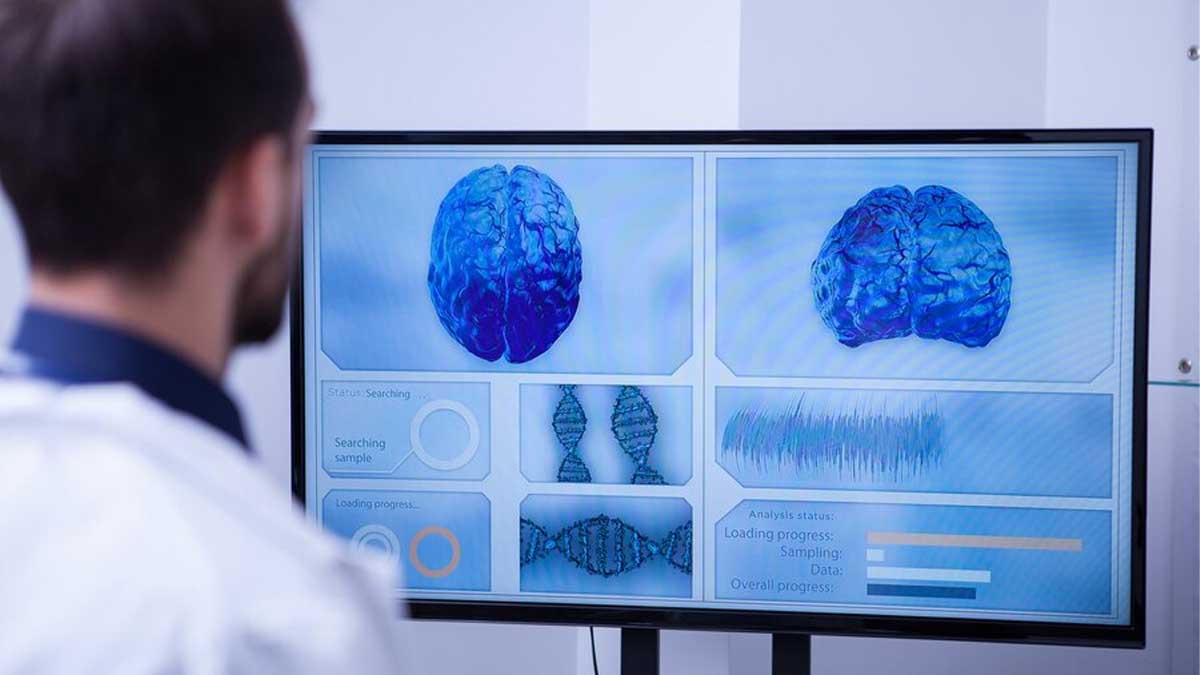
One of the worst diagnoses that a human can ever get in a doctor’s office is Cancer. Everyone fears cancer, and rightly so. It is a vicious disease that corrupts every speck of your being that it touches. For a long time, cancer diagnoses meant eminent death. But we as a society have come far from that reality. Today, medical science has developed many newer treatment modalities that can take care of cancer. There has been huge progress in the last decade in the management of cancer.
Table of Content:-
Often, many patients require all modalities which include surgery, chemotherapy, and radiation therapy to successfully treat cancer, or prolong its spread as much as possible. Talking about surgery, cancer is often treated by cutting the metastatic tumour out of the body, preventing it from spreading further. Sometimes these fast-spreading and duplicating tumours are attached to critical organs in a way that they can not be cut out without compromising the organ or certain death.
A new age technology, Tomotherapy is fast coming up in the space of treating hard-to-cut-out cancer tumours. Explaining this latest technology, Dr Abhishek Purkayastha, Radiation Oncologist, TGH Onco-Life Cancer Centre, Talegaon, shared with the OnlyMyHealth team, “The Tomotherapy radiation machine has come as a boon in treating such complex tumours.”

What Is Tomotherapy?
Tomotherapy is a cutting-edge radiotherapy technique that represents a significant advancement in cancer treatment. “It incorporates state-of-the-art technologies such as Artificial Intelligence to deliver radiation with remarkable precision, even in challenging cases where tumours are close to critical organs or when multiple targets need treatment simultaneously,” said Dr Purkayastha. This level of accuracy was difficult to achieve with traditional machines.
The National Cancer Institute defined Tomotherapy as a specialised treatment method that involves directing radiation towards a tumour from multiple angles. During the procedure, the patient lies on a table and is slowly moved through a machine shaped like a doughnut. Inside this machine, the radiation source moves around the patient in a spiral or helical pattern.
Dr Purkayastha added, “With tomotherapy, we can target tumours more effectively and safely, reducing the risk of side effects for patients undergoing treatment. It's a game-changer in the field of radiation therapy, offering improved outcomes and a higher level of care.”
Also Read: Advances in Breast Cancer Treatment: Expert Explains Targeted Therapies and Immunotherapy

Treating Rare Brain Disorder With Tomotherapy
Explaining the success of Tomotherapy in treating high-risk cancer, Dr Purkayastha shared the case study of a 61-year-old woman with Arteriovenous Malformation (AVM). According to Johns Hopkins Medicine, AVM is a rare condition where there's an abnormal connection between arteries and veins, often in the brain or spinal cord. This abnormal connection disrupts the normal blood flow pattern. Normally, arteries carry oxygen-rich blood away from the heart, while veins carry oxygen-depleted blood back to the heart. However, in an AVM, arteries and veins are directly connected without the usual capillaries in between.
Talking about the case, Dr Purkayastha said, “A 61-year-old female patient presented with complaints of headache, nausea, vomiting and reduced vision in both eyes and two episodes of seizure in the last 4 months. Upon further inspection, she was diagnosed with AVM in the left side of her brain, near the temple.”
“Brain AVMs are extremely rare and occur in approximately 1.12-1.42 cases in every 1,00,000 people. If untreated, AVMs can rupture and cause brain hemorrhage resulting in morbidity and sometimes mortality,” he added.
Dr Purkayastha shared that initially the relatives were extremely anxious and the patient was unwilling for surgery. Eventually, the patient was counselled and was assured that she could be cured of this life-threatening rare brain condition.
He said, “The patient was reviewed after 2 weeks of the treatment and exhibited significant improvement. She was kept on close follow-up and tests revealed that the size of the AVM in her brain had reduced by 40% in size after 3 months, which kept showing reductions in subsequent MRIs.”
Also Read: Proton Beam Therapy: What Is It And How Is It Different From Conventional Radiation Therapy?
It has been a year since Dr Purkayastha treated the 61-year-old woman with AVM, and she is leading a normal life now. Her vision and other symptoms have significantly improved. Dr Purkayastha concluded that the result of tomotherapy in the case of an AVM showcases how this new age AI-driven technology can have excellent treatment outcomes for patients with cancer tumours in risky locations and can be an excellent alternative to microsurgery.”
Also watch this video
How we keep this article up to date:
We work with experts and keep a close eye on the latest in health and wellness. Whenever there is a new research or helpful information, we update our articles with accurate and useful advice.
Current Version